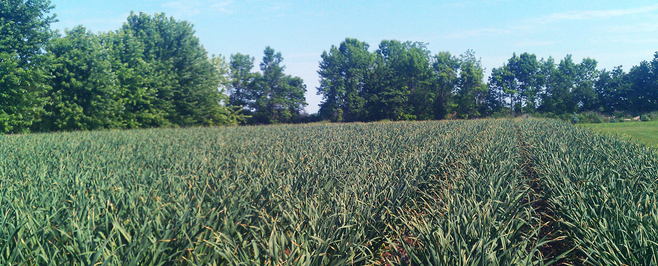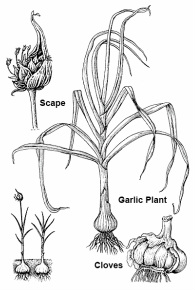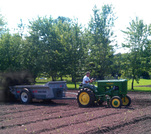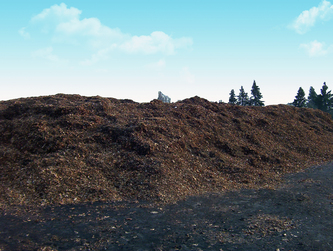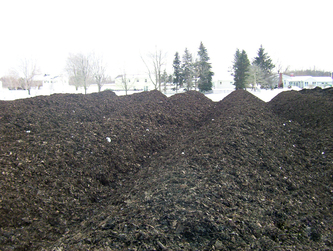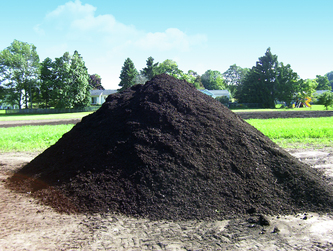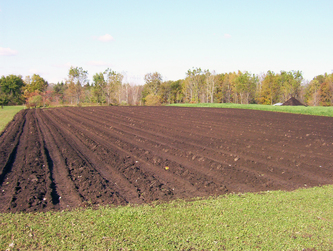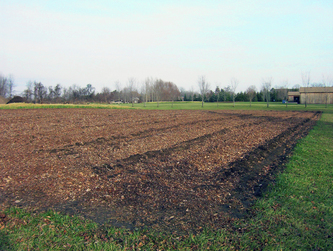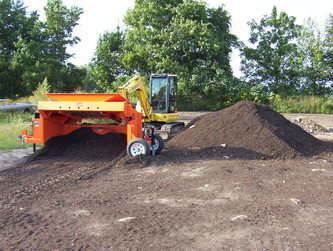|
Garlic is grown globally, but China is by far the largest producer of garlic, with approximately 10.5 million tons (23 billion pounds) annually, accounting for over 77% of world output. India (4.1%) and South Korea (2%) follow, with Russia (1.6%) in fourth place and the United States (where garlic is grown primarily as a cash crop in every state except for Alaska) in fifth place (1.4%).[13] This leaves 16% of global garlic production in countries that each produce less than 2% of global output. Much of the garlic production in the United States is centered on Gilroy, California, which calls itself the "garlic capital of the world". (Resource - Wikipedia)
The Planting and Harvest Process
at the Sweden Center Garlic Farm Garlic is planted in the fall, from September up until about 4 weeks before the ground freezes. The garlic bulb is separated into individual cloves within a week of planting. The cloves are then planted pointed side up (root down) about 4 inches deep and 4-6 inches apart. The clove has to be planted point up, this will ensure that when the stem grows it will be straight. Also, if the plant does not have to correct its orientation in the ground, more energy is directed toward plant growth. The root system starts to develop in the fall, and in the winter the garlic is dormant. In the spring, the stem will emerge from the ground, and the bulb will start to grow. After the last leaves form, a seed scape will form on top of the stem in June. The scape is removed so the energy used in the formation of seeds can be used to grow a larger bulb. The scape is cut or broken off soon after it appears, and may be eaten. The garlic is ready to be pulled around the end of July when just under half of the leaves have died and turned brown. Store out of direct sunlight and in a place with good airflow. Allow bulbs to cure for 10-14 days, then the stem and roots may be trimmed. Garlic can be stored at room temperature, or around thirty degrees Fahrenheit if it is not going to be used as seed. |
It's All About the Soil - Grown in the USA!
The quality and size of our German White Garlic depends on the soil. The Sweden Center Garlic Farm takes pride in how the soil is prepared. Garlic loves loose, fertile soil, and nitrogen is the crops most important nutrient.
Our process in producing the finest soil begins with composting leaves. Leaves are collected and piled for mulching. After some time, the leaves will break down and develop into a highly enriched nutrient soil. Perfect for garlic! The soil is then tilled into the ground for the garlic bed. After planting, the leave compost can be used as an excellent source for mulching during the Winter months. |
